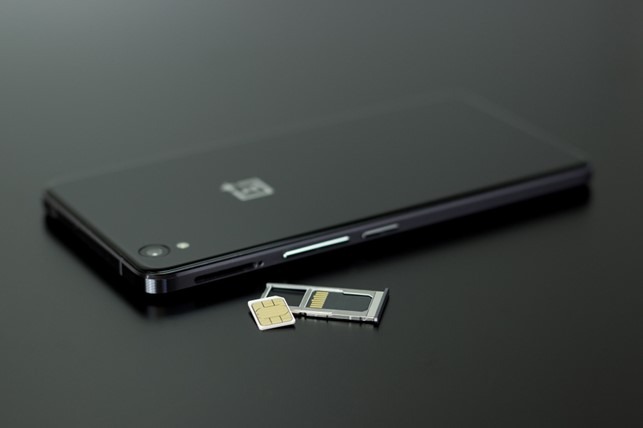Now that international travel has been reinstated in almost every region around the world, visiting a foreign country is once again an option to explore. But before you set off into the great unknown, it’s a good idea to study your mobile data options.
To help you along, we’ll give you three solutions, along with a brief overview of each.
Option 1: Get a travel e-Sim
For shorter travels, getting a travel e-Sim is the simplest and most straightforward option as it provides you with unlimited free data, meaning you won’t have to worry about racking up a massive phone bill.
For example, let’s say you’ll be treating yourself to a travel itinerary across Europe. In this case, you should consider getting an international travel e-Sim that’s got you covered in European countries. Most of these will be valid for more than a couple of days, so it’s likely you’ll be good for the entire duration of the trip.
On average, a travel e-Sim will run you roughly $5 a day for unlimited data, and it’s possible to reduce these costs even more by purchasing a weekly or monthly plan. If this sounds expensive, keep in mind it’s nothing compared to typical roaming fees a telecommunications company might charge.
Option 2: International roaming plans
Technically, this is by far the easiest option since it doesn’t require doing anything extra on your end apart from taking your phone with you as is. Unfortunately, it’s also quite an expensive route to take and if you download gigabytes upon gigabytes of data while abroad, you could easily go bankrupt!
Although the details depend on each specific carrier, most of them should give you X amount of data for free while roaming, then start charging a premium for every consequent gigabyte you decide to use up. This won’t be enough for YouTube and streaming services, but if checking your inbox from time to time is all you need, it might just carry you through.
If you’re going to be relying on roaming data exclusively, treat it as a commodity. This means you should conserve it as much as possible and use free public Wi-Fi whenever you can and leave your mobile data for urgent tasks and emergencies only. However, keep in mind you’ll be confined to places that offer it, which is typically going to be airports, hotels, and coffee shops.
Option 3: Buy a SIM card locally
If you don’t want to mess about with potentially being charged an arm and a leg just to access mobile data in a foreign country, buying a local SIM card with some sort of a tourist data plan is another option to consider.
The good news is that these SIM cards are being sold around every corner and you can even get one from one of the airport shops directly when you land. For extra peace of mind, make sure that your phone is set to airplane mode until you’ve had the chance to swap it out for a new one.
You’ll probably need a pin or a needle to open up your smartphone’s SIM card compartment, but after that, swapping it out for another is as easy as pie. Besides, most modern smartphone models come with dual-SIM support, thus allowing you to switch between them as necessary. Bear in mind that your phone needs to be unlocked for you to be able to insert another carrier’s SIM card into it.
Conclusion
Traveling abroad is full of excitement, but having access to mobile data is virtually essential to one’s survival nowadays. Therefore, it’s best to study your options in advance and be prepared.










